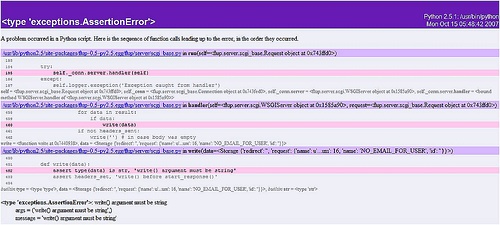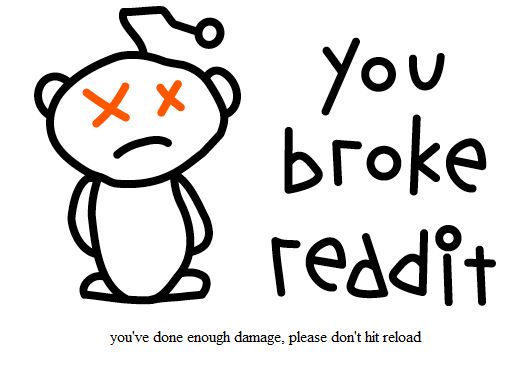Yet-another-email-is-dead-article, this time on Slate. It’s the same old argument: teenagers using IM, or increasingly SMS, and most recently Facebook instead of email which they find cumbersome, slow and unreliable – hence email usage will decline.
I beg to disagree. Sure, I also get frustrated by the occasional rapid-fire exchange of one-line emails when by the 15th round we both realize the conversation should have started on IM. Most of teenagers’ interaction is social, immediate, and SMS works perfectly well in those situations. However, we all enter business, get a job..etc sooner or later, like it or not… Our communication style changes along with that – often requiring a build-up of logical structure, sequence, or simply a written record of facts, and email is vital for this type of communication.
Our communication style changes along with that – often requiring a build-up of logical structure, sequence, or simply a written record of facts, and email is vital for this type of communication.
Email in business is being “attacked” from another direction though: for project teams, planning activity, collaboratively designing a document, staging an event… etc email is a real wasteful medium. Or should I say, it’s the perfect place for information to get buried. This type of communication is most effective using a wiki. No, email is not dead, and it won’t be any time soon. But we all have to learn to use the right tool in the right situation. As usual, Rod Boothby says it better in a single chart:


 )
)

 I
I  When the same question was asked about our corporate wiki ~50% of those present had used it but about ~50% of those had edited it.
When the same question was asked about our corporate wiki ~50% of those present had used it but about ~50% of those had edited it.
 Digg competitor Reddit has been unhealthy lately. Yesterday it spent all day in read-only mode citing a database update which would be completed in a a few hours. Today it appears to be back, but it does not accept my login credentials. No worries, that’s what password recovery is for – except on Reddit, where it returns a
Digg competitor Reddit has been unhealthy lately. Yesterday it spent all day in read-only mode citing a database update which would be completed in a a few hours. Today it appears to be back, but it does not accept my login credentials. No worries, that’s what password recovery is for – except on Reddit, where it returns a 

 Now that Jaiku is part of Google, for many observers the question is
Now that Jaiku is part of Google, for many observers the question is 
Recent Comments